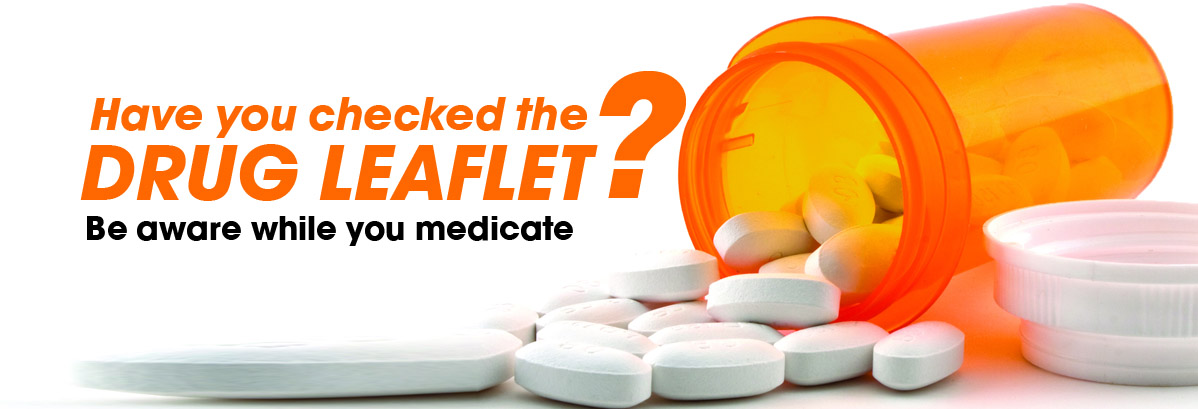

Stevens-Johnson Syndrome (SJS) and it’s more severe form Toxic Epidermal Necrolysis (TEN) are very serious skin reactions that may be caused by a viral or other infection, but are more commonly caused by a reaction to a drug (Adverse Drug reaction (ADR)). ADRs can range from mild to very severe and can be life threatening, with SJS and TEN being the most serious. These forms for ADRs are classified as auto immune diseases and also affect the mucus membranes.
SJS was first discovered in 1922 by paediatricians Albert M. Stevens and Frank C. Johnson after diagnosing a child with a severe ADR affecting the eyes and mouth.
The difference between SJS and TEN can be classified by the amount of skin blistered during the reaction. For example, with SJS there can be between 1-10% of skin detachment. Between 10-30% is an overlap of SJS and TEN and greater than 30% skin detachment is classed as TEN.
A lot of research is now being conducted into ADRs as they are a major problem. Depending on the severity of the ADR, quality of life can be affected in many different ways.